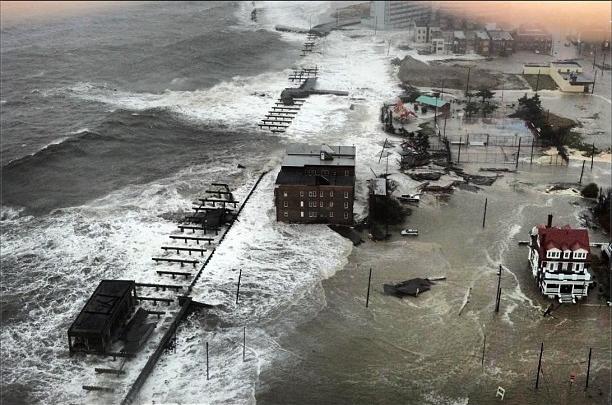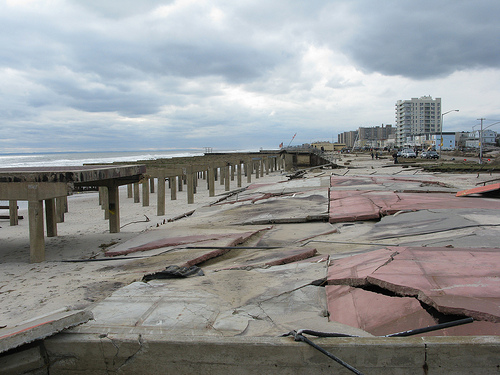Coping with Sandy's Aftermath
 It’s been a week since Hurricane Sandy it the eastern U.S. The big news today was not about President Obama’s re-election. It was the forecast for another nor’easter.
It’s been a week since Hurricane Sandy it the eastern U.S. The big news today was not about President Obama’s re-election. It was the forecast for another nor’easter.
Many in the New York metro area are still struggling in the aftermath of this giant storm. Thousands still lack power. They’re cold, tired, and frustrated. Large trees still lie across many streets, forcing detours. Hundreds and hundreds lost homes and cars, and sadly some even lost their lives.
It’s not only the physical upheaval that tri-staters must cope with. It’s also the mental health effects of this unnerving act of Mother Nature. I asked my friend Alison Pratt, PhD, a private practice psychologist in Floral Park, NY about the anxiety that accompanies natural disasters like Sandy. She focused on what most of us are now experiencing. Those living through extreme scenarios in places like Breezy Point or Staten Island have a different level of trauma to contend with, but Dr. Pratt reminded me that even the more “mundane” events like long lines for gasoline or downed phone lines are still very stressful.
For example, many who lost power are feeling a lot of resentment, anger and helplessness, she told me. “You start with a can-do attitude when everyone is in it together. But then you begin feeling left out, or victimized by the power companies, when other neighborhoods come back on line and yours doesn’t.”
 It’s been a week since Hurricane Sandy it the eastern U.S. The big news today was not about President Obama’s re-election. It was the forecast for another nor’easter.
It’s been a week since Hurricane Sandy it the eastern U.S. The big news today was not about President Obama’s re-election. It was the forecast for another nor’easter.
Many in the New York metro area are still struggling in the aftermath of this giant storm. Thousands still lack power. They’re cold, tired, and frustrated. Large trees still lie across many streets, forcing detours. Hundreds and hundreds lost homes and cars, and sadly some even lost their lives.
It’s not only the physical upheaval that tri-staters must cope with. It’s also the mental health effects of this unnerving act of Mother Nature. I asked my friend Alison Pratt, PhD, a private practice psychologist in Floral Park, NY about the anxiety that accompanies natural disasters like Sandy. She focused on what most of us are now experiencing. Those living through extreme scenarios in places like Breezy Point or Staten Island have a different level of trauma to contend with, but Dr. Pratt reminded me that even the more “mundane” events like long lines for gasoline or downed phone lines are still very stressful.
For example, many who lost power are feeling a lot of resentment, anger and helplessness, she told me. “You start with a can-do attitude when everyone is in it together. But then you begin feeling left out, or victimized by the power companies, when other neighborhoods come back on line and yours doesn’t.”





